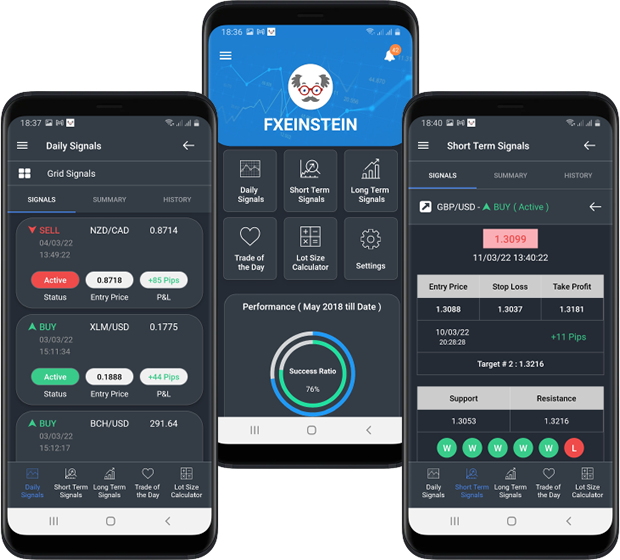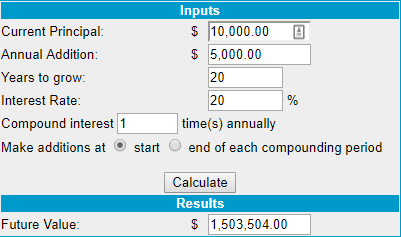
The options available for traders seeking to enter the Nasdaq's futures market are numerous. There are E, MNQ and micro equity index futures. All of these options offer traders a way into the Nasdaq Market without having to invest large sums of capital. These futures offer leverage and allow traders to trade on both the long and short sides. You can trade futures at any hour of day.
The E-mini Nasdaq futures are offered by CME Group and provide exposure to the Nasdaq 100 index. This index is a modified capitalization-weighted index of the top 100 non-financial US large-cap companies. This index is considered to be "tech-heavy" because it includes more than half of the companies that are technology-focused. These futures trade on CME Globex, an electronic trading platform. E-mini Nasdaq's futures contract is $5.00 per contract.
The Micro E-mini Nasdaq futures were launched by the CME Group in May of 2019. They are a fraction of the size of the full size E-mini Nasdaq futures and offer traders a low financial commitment. They are also fully fungible with E-mini counterparts, offering traders more flexibility in position management.

The MNQ futures also offer traders a chance to trade on both the long and short sides of the Nasdaq 100. They trade virtually 24 hours a day electronically and are very popular among futures traders. Some traders use MNQ futures to hedge their stock exposure, while others trade MNQ in order to diversify their portfolios.
The Micro E-mini Nasdaq-100 futures were launched by the CME Group on May of this year. These futures are only a fraction the size of standard E-mini Nasdaq options, which offers traders lower financial risk and a lower financial commitment. This futures contract can be traded at $5 per contract, and it offers exposure to Nasdaq 100.
The Micro E-mini Nasdaq 100 index futures offer a great opportunity to participate in the Nasdaq futures markets. They provide traders with a low commitment and the chance to speculate on Nasdaq 100. These futures offer more flexibility in position management and trade nearly 24 hours a day, making it possible for traders to trade almost anywhere in the world.
CME Group is offering the E-mini Nasdaq 100 Contract, one of the most coveted contracts on the market. The contract's price is 20 times that of the Nasdaq 100 index. This means that the value of the contract will decrease as the value of the Nasdaq 100 increases. The E-mini Nasdaq futures multiplier is $20 per point. This multiplier can increase or decrease in response to market conditions.

CME Group also offers an E-Mini Nasdaq 100 Index futures option. The contract is $5 per contract and provides exposure to the E-Mini Nasdaq 100 Index index. This contract is considered a fifth of the Nasdaq 100 Index Futures contract. It has a limit of 10,000 equivalent contracts.
FAQ
How do I choose an investment company that is good?
Look for one that charges competitive fees, offers high-quality management and has a diverse portfolio. Fees are typically charged based on the type of security held in your account. Some companies charge nothing for holding cash while others charge an annual flat fee, regardless of the amount you deposit. Others may charge a percentage or your entire assets.
You also need to know their performance history. If a company has a poor track record, it may not be the right fit for your needs. Companies with low net asset values (NAVs) or extremely volatile NAVs should be avoided.
Finally, it is important to review their investment philosophy. To achieve higher returns, an investment firm should be willing and able to take risks. If they are not willing to take on risks, they might not be able achieve your expectations.
What is a Mutual Fund?
Mutual funds can be described as pools of money that invest in securities. Mutual funds offer diversification and allow for all types investments to be represented. This reduces risk.
Professional managers manage mutual funds and make investment decisions. Some funds let investors manage their portfolios.
Mutual funds are more popular than individual stocks, as they are simpler to understand and have lower risk.
Stock marketable security or not?
Stock can be used to invest in company shares. This is done via a brokerage firm where you purchase stocks and bonds.
You can also directly invest in individual stocks, or mutual funds. There are more mutual fund options than you might think.
These two approaches are different in that you make money differently. Direct investment earns you income from dividends that are paid by the company. Stock trading trades stocks and bonds to make a profit.
In both cases, ownership is purchased in a corporation or company. You become a shareholder when you purchase a share of a company and you receive dividends based upon how much it earns.
Stock trading gives you the option to either short-sell (borrow a stock) and hope it drops below your cost or go long-term by holding onto the shares, hoping that their value increases.
There are three types stock trades: put, call and exchange-traded funds. Call and put options let you buy or sell any stock at a predetermined price and within a prescribed time. ETFs, which track a collection of stocks, are very similar to mutual funds.
Stock trading is very popular because it allows investors to participate in the growth of a company without having to manage day-to-day operations.
Stock trading is not easy. It requires careful planning and research. But it can yield great returns. To pursue this career, you will need to be familiar with the basics in finance, accounting, economics, and other financial concepts.
Why is a stock called security.
Security is an investment instrument whose value depends on another company. It could be issued by a corporation, government, or other entity (e.g. prefer stocks). If the asset's value falls, the issuer will pay shareholders dividends, repay creditors' debts, or return capital.
Are bonds tradeable?
The answer is yes, they are! You can trade bonds on exchanges like shares. They have been for many years now.
The main difference between them is that you cannot buy a bond directly from an issuer. A broker must buy them for you.
This makes it easier to purchase bonds as there are fewer intermediaries. This means that selling bonds is easier if someone is interested in buying them.
There are several types of bonds. There are many types of bonds. Some pay regular interest while others don't.
Some pay quarterly, while others pay interest each year. These differences make it possible to compare bonds.
Bonds are very useful when investing money. Savings accounts earn 0.75 percent interest each year, for example. You would earn 12.5% per annum if you put the same amount into a 10-year government bond.
If you were to put all of these investments into a portfolio, then the total return over ten years would be higher using the bond investment.
Statistics
- Individuals with very limited financial experience are either terrified by horror stories of average investors losing 50% of their portfolio value or are beguiled by "hot tips" that bear the promise of huge rewards but seldom pay off. (investopedia.com)
- Even if you find talent for trading stocks, allocating more than 10% of your portfolio to an individual stock can expose your savings to too much volatility. (nerdwallet.com)
- Ratchet down that 10% if you don't yet have a healthy emergency fund and 10% to 15% of your income funneled into a retirement savings account. (nerdwallet.com)
- Our focus on Main Street investors reflects the fact that American households own $38 trillion worth of equities, more than 59 percent of the U.S. equity market either directly or indirectly through mutual funds, retirement accounts, and other investments. (sec.gov)
External Links
How To
How to create a trading strategy
A trading plan helps you manage your money effectively. It will help you determine how much money is available and your goals.
Before you create a trading program, consider your goals. You may want to save money or earn interest. Or, you might just wish to spend less. If you're saving money you might choose to invest in bonds and shares. You can save interest by buying a house or opening a savings account. If you are looking to spend less, you might be tempted to take a vacation or purchase something for yourself.
Once you know your financial goals, you will need to figure out how much you can afford to start. This will depend on where and how much you have to start with. You also need to consider how much you earn every month (or week). The amount you take home after tax is called your income.
Next, make sure you have enough cash to cover your expenses. These include rent, bills, food, travel expenses, and everything else that you might need to pay. Your total monthly expenses will include all of these.
The last thing you need to do is figure out your net disposable income at the end. This is your net available income.
Now you've got everything you need to work out how to use your money most efficiently.
Download one online to get started. You can also ask an expert in investing to help you build one.
Here's an example of a simple Excel spreadsheet that you can open in Microsoft Excel.
This displays all your income and expenditures up to now. It includes your current bank account balance and your investment portfolio.
And here's a second example. This was created by a financial advisor.
It shows you how to calculate the amount of risk you can afford to take.
Remember, you can't predict the future. Instead, put your focus on the present and how you can use it wisely.